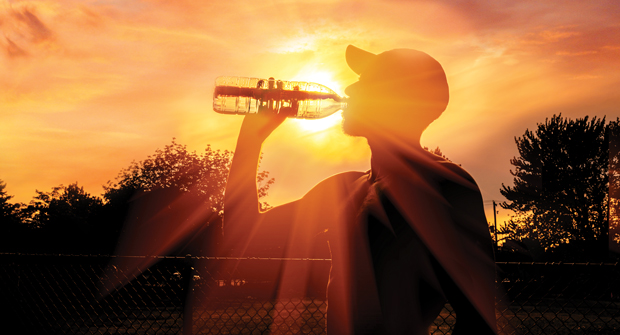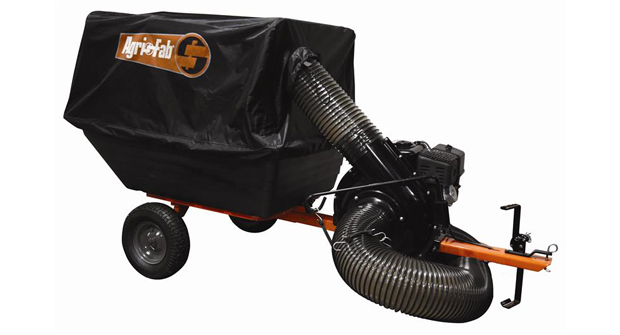Heat is the leading cause of death among all weather-related phenomena, according to the Occupational Safety and Health Administration (OSHA). It’s so severe, in fact, that the issue is now going national.
Sam Steel, safety adviser for the National Association of Landscape Professionals (NALP), says a new national standard could soon be in effect if it gets a positive review from the White House. The rule, titled Heat Injury and Illness Prevention in Outdoor and Indoor Work Settings, is in its final stages of potentially setting a new national standard for heat safety regulations.
“It’s a national OSHA standard. It’ll have its own unique OSHA standard number and it’s going to impact a large number of employers, both indoor and outdoor work site employers in the U.S.,” Steel says.
He adds that he anticipates the legislation will be approved quickly, especially as the summer heat peaks across the country. Employees continually exposed to these elements can transition quickly from heat cramps to heat exhaustion and eventually a possibly fatal heat stroke if left unchecked, he explains.
Common symptoms
Common symptoms of heat stress and exhaustion are nausea, heavy sweating, dizziness and fatigue. Steel says supervisors and management play critical roles in watching for these symptoms, and they should also ask their employees about other, harder-to-notice symptoms they may be experiencing, such as headaches, blurred vision, high heart rate and shallow breathing.
“Company management should ensure that crew managers are aware of heat illness and injury risks on each day that a high heat index will be in effect,” Steel says. “Once the crew reaches the worksite, the crew manager should conduct a quick briefing on weather conditions, symptoms of the onset of heat illness and how to prevent heat illness events.”
Another key detail managers need to keep in mind is the acclimatization of their crew to hot weather, which varies based on a person’s age, hydration and even the medications they may take. New employees not used to manual outdoor labor and older adults taking psychiatric or heart medications may have a much lower tolerance to the heat.
Common mistakes
Supervisors and crew members also need to worry about common mistakes in identifying heat stress. For example, Steel says as someone goes from heat exhaustion to heat stroke — when the body’s core reaches 104 degrees F — profuse sweating can stop and turn into dry skin, giving off the illusion of cooling down when, in reality, they need medical attention.
“Even if they say, ‘Well, I’m not thirsty right now,’ make sure they take a little bit of liquid anyway,” Steel says. “Being thirsty is not a true indicator of whether you’re dehydrated or not.”
Other important things to avoid involve having caffeinated drinks like coffee or soda before or during outdoor work, wearing tight or heavy clothing that doesn’t let the body breathe and doing the hardest manual labor in the early afternoon when the sun is the harshest.
While Steel is hopeful the potential rule sets a more unified standard across the nation for heat safety regulations, he says there are plenty of small steps companies can take to ensure the safety of their crews on the job site. To beat the heat, he recommends allowing for plenty of breaks in shaded areas, sipping water or sports drinks throughout the day and buddying up with another person.


